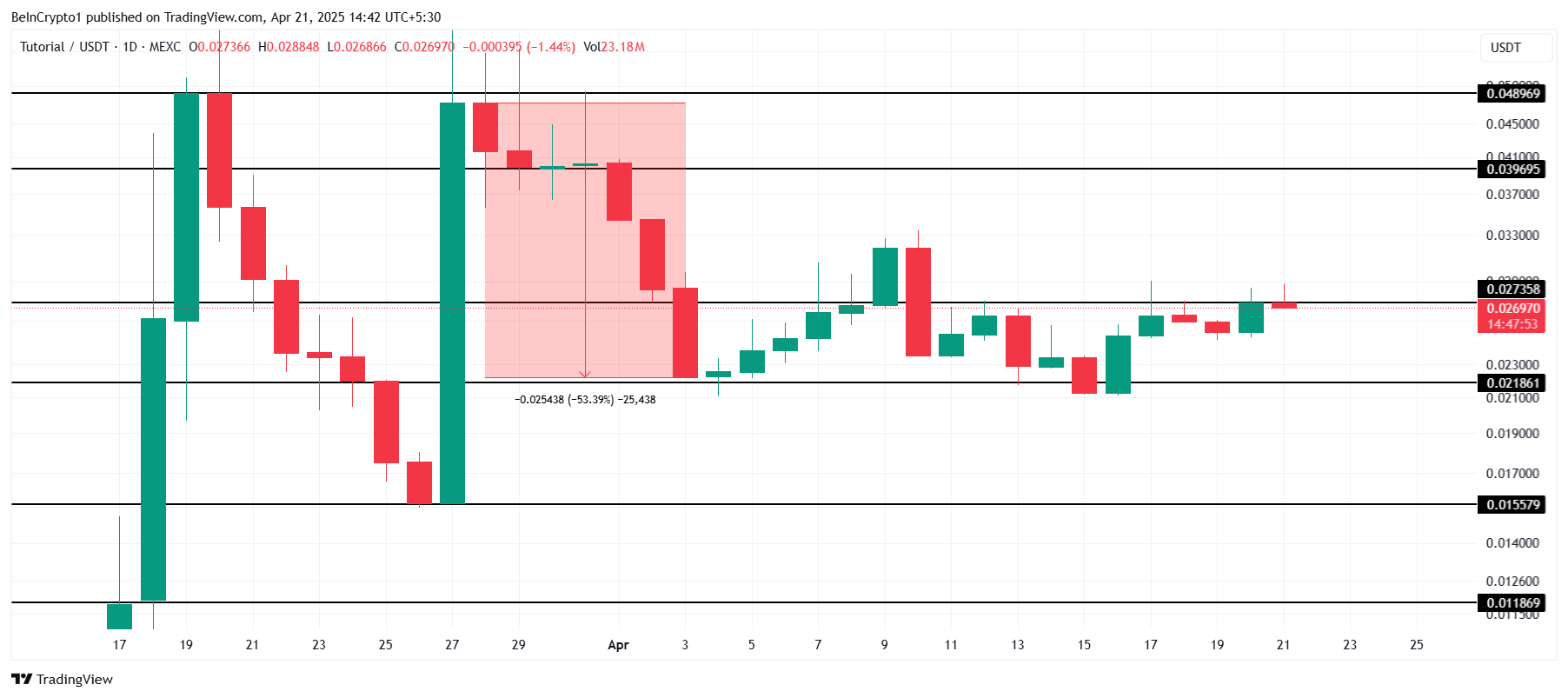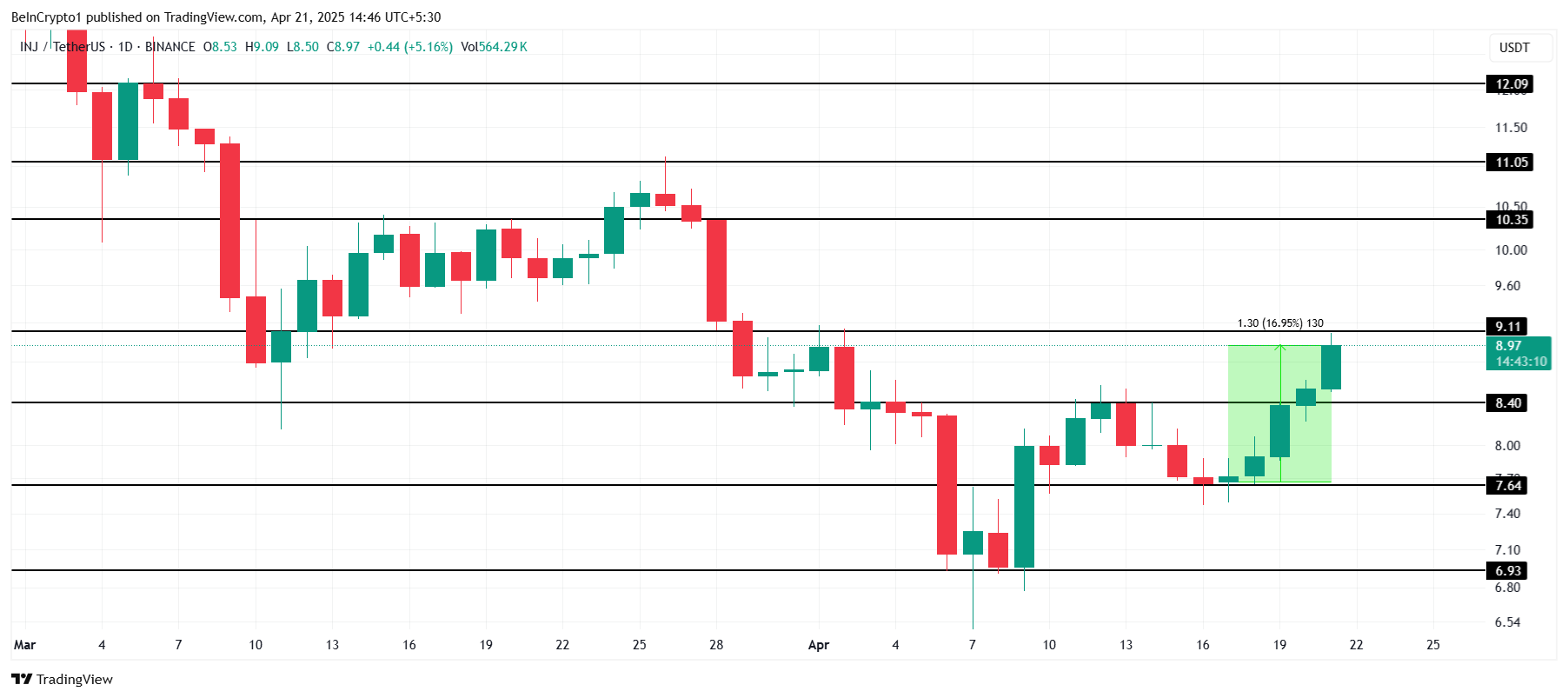
The Ethereum price recovery falls short as the sideways move dominates the altcoin. Despite the bullish attempts and whales’ involvement, the bearish trend remains active. Besides, the rest of the altcoins are in a similar state, struggling amid growing market uncertainty, but what’s fueling the ETH price’s downfall? Let’s discuss.
Ethereum Price Declines 1.5% Today
With the investors’ declining interest and other factors working against Ethereum, its price has crashed by 1.5% today. However, this is a second dip in the last 24 hours, currently trading at $1,803 with $10.52 billion in trading volume, up by 12%, showcasing high volatility.
The ETH price declined from $1,840 to $1,785 before making a complete recovery, but crashed again a few hours later, showcasing dominating bearish trends. The Coinglass data reports that the traders are being wiped out amid massive liquidation, where $37.45 million positions have been liquidated.

This happened as the long overleveraged position was wiped out amid the pullback. Moreover, the open interest is declining, suggesting a forceful closing of positions as traders bet on the upside, and the downward move ruins the trade.
There’s strong uncertainty in the market as Vitalik Buterin highlights Layer-2 security concerns, but the long-term outlook is bullish.
Ethereum Price Declines Down Critical Support, What’s Next?
Various crypto analysts’ Ethereum price predictions have put this altcoin on a make-or-break trajectory. As a result, the price is supposed to move higher or lower depending on the maintenance of critical support between $1,772 and $1,824.
However, the recent dip has caused the ETH price to fall to $1,803.72, failing to break out. As the token moves down the support, the possibility of a crash to $1,500 builds. However, the confirmation would happen if it moved down the $1,774 break line.
Ethereum at a Crossroads Crossroads: $1,500 Plunge or $2,100 Surge?
ETH price action has been wild lately.
After a brief rally above $1,800, April ended in the red.
This marks the *fourth* straight month of losses for ETH.
On-chain data suggests we’re at a…
— Traiders Technologies (@TonyTraider) May 5, 2025
However, crypto analyst Michael pointed out that Ethereum is outpacing Bitcoin in the ETH/BTC pair, signaling growing support. Moreover, other points at the breakout from the falling wedge pattern formation, before predicting recovery.

If ETH price ends up moving up amid the buyers’ activity, it could recover and move toward $2,000 or higher.
The post Why is Ethereum (ETH) Price Crashing Today? appeared first on CoinGape.









